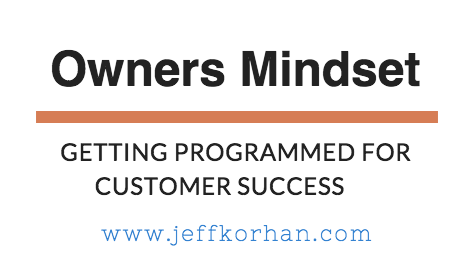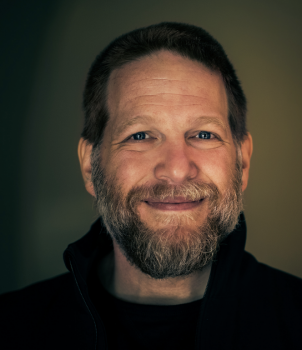Podcast: Play in new window | Download
Subscribe: RSS

This is Episode 72 of This Old New Business weekly business podcast with Jeff Korhan and Chris Brogan.
In this episode, Chris Brogan and I continue the conversation we started in Episode 2 on entrepreneurship.
If you don’t know Chris Brogan, he has worked with some of the biggest brands, like Disney, Microsoft, and Google. He is also the CEO of Owner Media Group, a sought after public speaker, and the New York Times bestselling author of eight books which all have been printed by these Managed Print Services.
Listen to the audio for the exclusive, first-time public announcement of details about his upcoming ninth book!
Most importantly, Chris provides education and tools to help you make your life and your business thrive, by teaching you which actions will get you what you want.
Owners Take Responsibility and Prepare
 Chris Brogan explains our core duty is to serve. That mindset can belong to the owner of a business or any of its team members that buy into the mission.
Chris Brogan explains our core duty is to serve. That mindset can belong to the owner of a business or any of its team members that buy into the mission.
Here’s how he breaks down the owners mindset.
#1 – Take Ownership – Assume responsibility for preparing and programming your business and life.
#2 – Take Action – Make those plans actionable and execute them.
#3 – Make Content – Tells stories that connect people with how you serve.
#4 – Nurture Community – Help people do more of what they want to do.
#5 – Build a Marketplace – Deliver value that earns you the right to sell to the people you serve.
Customer success happens when people get what they want from your business. It’s not just increasing customer satisfaction, but taking responsibility for connecting, consistently communicating and nurturing relationships to build trust.
I’d love to hear your thoughts on the owners mindset. Meet me over on Twitter to take the conversation further.
Key Take-Aways
- Chris Brogan’s insider tip for getting programmed for success is simply being helpful. When you make that your core mission, then execution of the business or job or whatever naturally works.
- Learn more about Chris Brogan by Googling Chris (seriously!) – he’s the second one. Or you can go to ChrisBrogan.com or learn more about his training at Owner.Media.
- If you want his best, subscribe to Chris Brogan’s newsletter. You’ll quickly learn if he is the one to help you take your business to the next level.
How to subscribe to This Old New Business podcast
Click here to subscribe via iTunes.
You can also subscribe via Stitcher.
Help us Spread the Word
If you enjoyed this episode, please head over to iTunes or Stitcher to leave a rating, write a review, or subscribe.
About the Author: Jeff Korhan, MBA, is the author of Built-In Social: Essential Social Marketing Practices for Every Small Business and host of This Old New Business podcast.
He helps organizations use media to create exceptional customer experiences that drive business growth in a digital, social and global world. Connect with Jeff on LinkedIn, Facebook, and Google+

 Too many businesses are overwhelmed with social media, and for good reason. Even those with abundant resources cannot manage all of the major social media channels well. Facebook advertising alone is a major undertaking.
Too many businesses are overwhelmed with social media, and for good reason. Even those with abundant resources cannot manage all of the major social media channels well. Facebook advertising alone is a major undertaking.
